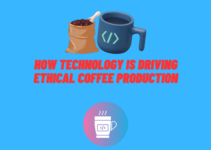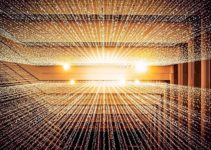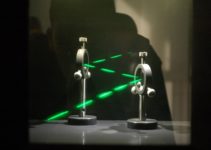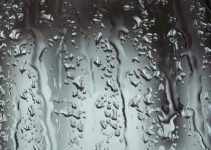Do you want to learn more about Real-Time Tracking Projection-Mapping Systems? This comprehensive guide has all the information you need, from reviews to useful tips. We’ll answer common questions and help you decide if a Real-Time Tracking Projection-Mapping System is the right choice for your next event or project.
- 240 Hz Motion Tracking and a Ready-to-Use SDK Bring Imagery to Life With Interactive Content
- Tracking and mapping in real-time
- It’s simple to make and ready to use
- How Does a Real-Time Tracking Projection-Mapping System Work?
- Simple Setup and Operation
- Tools to monitor the status of your content server
- Everything You Need to Know About Real-Time Tracking Projection-Mapping Systems
- What is a Real-Time Tracking Projection-Mapping System?
- How Much Does a Real-Time Tracking Projection-Mapping System Cost?
- What are Some Useful Tips for Using Real-Time Tracking Projection-Mapping Systems?
240 Hz Motion Tracking and a Ready-to-Use SDK Bring Imagery to Life With Interactive Content
ET-SWR10 combines analog movement and digital content to expand the possibilities for immersive sensory experiences, interactive exhibits, and more. With less than 5 milliseconds of input-to-projection latency, this pre-built SDK (Software Development Kit) enables projection of animated content onto fast-moving objects at up to 240 frames per second.
Object tracking is seamless due to the fact that the TV has no perceptible lag in update timing as it always tries to keep up with the object, following its movement carefully. The system is also easier to install, integrate, and run compared to previous models.
Tracking and mapping in real-time
Merge moving objects with projected content by using this unique technology. This one-of-a-kind tech turns object marker location into projector XY coordinates when paired with a suitable projector. With less than 5 ms latency, image position stays in sync with the marker’s position. Dancers’ fluid movements as well as swiftly moving things are completely convincing when tracked.
It’s simple to make and ready to use
With the SDK, you can connect a compatible IR emitter and camera to start. After installation, connect a suitable IR emitter and camera to begin. Once you’ve calibrated the marker’s location with projector XY coordinates once, projected content will be in sync with almost any fast-moving object.
How Does a Real-Time Tracking Projection-Mapping System Work?
Real-time tracking projection-mapping systems use infrared light to track the position of objects in space. An infrared camera is used to track the position of an object, and this information is then sent to a computer which controls the projection of digital content onto the object.
This system is often used in conjunction with a laser projector, as they are able to project a high-quality image onto moving objects without blurring. The speed at which the object is moving will determine the refresh rate of the projected image with faster moving objects requiring a higher refresh rate.
Simple Setup and Operation
A real-time tracking projection-mapping system utilizing ET-SWR10 would need a compatible Panasonic laser projector, such as the PT-RQ35K or PT-FRQ50, an IR emitter, an IR camera, and a PC content server with SDK installed. This PC connects all relevant devices and may be used as a monitoring terminal by the projectionist.
Tools to monitor the status of your content server
Begin with simple checks such as updating antivirus software and firewalls, then moving on to gathering statistics and, of course, monitoring server hardware. This cloud-based service provides users with real-time information on CPU, memory, and hard drive usage problems that can help improve the performance of a physical or virtual server.
The HostTracker platform’s numerous useful features allow users to access any information regarding server performance and settings with only two clicks. Only once should the appropriate user create and execute each step in the procedure.
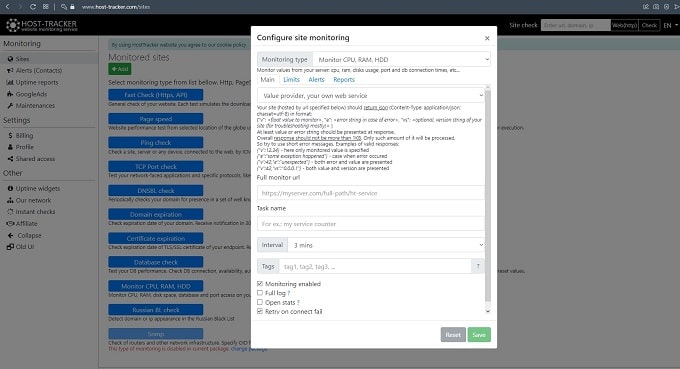
Following that, the system will automatically put these measures into action. If there are any concerns, the system will notify the user, as well as provide extensive information concerning the problem. The system will direct you to what, when, and why occurred. As a result, the webmaster may only react quickly to all issues.
Everything You Need to Know About Real-Time Tracking Projection-Mapping Systems
A real-time tracking projection-mapping system can be an impressive addition to any performance or display. This technology enables you to create content that reacts in real time to the movement of performers or objects in a space. There are many applications for this type of system, which can be used in venues such as theaters, retail stores, and exhibitions. In this article, we will answer some common questions about real-time tracking projection-mapping systems and provide product reviews and useful tips.
What is a Real-Time Tracking Projection-Mapping System?
A real-time tracking projection-mapping system is a technology that uses infrared light to track the position of an object in space. This information is then used to control the projection of digital content onto the object. This allows you to create interactive content that responds to the movement of objects or people in a space.
There are many benefits to using a real-time tracking projection-mapping system, including:
- Increased flexibility and creativity. Real-time tracking projection-mapping systems give you the ability to create content that would not be possible with traditional fixed projections. You can also create dynamic and interactive displays that react to the movement of people or objects in a space.
- Reduced setup time and cost. Real-time tracking projection-mapping systems are typically much easier and less expensive to set up than traditional fixed projection systems.
- Public participation. Real-time tracking projection-mapping systems can create an engaging experience for viewers by allowing them to interact with the content.
What Applications are there for Real-Time Tracking Projection-Mapping Systems?
Real-time tracking projection-mapping systems have a wide range of applications, including:
- Theater: Real-time tracking projection-mapping systems can be used to create stunning visuals for theater productions. They can be used to create content that reacts to the movement of performers on stage or to project images onto scenic backdrops.
- Retail: Real-time tracking projection mapping systems can be used in retail stores to create engaging and interactive displays. For example, they could be used to display product information as customers walk past or to create a virtual changing room.
- Exhibition: Real-time tracking projection mapping systems can be used to create interactive displays for exhibitions. For example, they could be used to allow visitors to explore a virtual environment or to display information about the exhibit.
How Much Does a Real-Time Tracking Projection-Mapping System Cost?
Real-time tracking projection mapping systems vary in price depending on the type of system and the number of components required. However, as a general rule, they are typically much less expensive than traditional fixed projection systems.
What are Some Useful Tips for Using Real-Time Tracking Projection-Mapping Systems?
Here are some useful tips for using real-time tracking projection mapping systems:
- Plan your content carefully: It is important to plan your content carefully before starting to use a real-time tracking projection-mapping system. This will help to ensure that you make the most of the capabilities of the system.
- Test your content in advance: It is important to test your content in advance before using a real-time tracking projection-mapping system in public. This will help to ensure that it works as expected and that there are no unexpected issues.
- Use a high-quality projector: To get the best results from a real-time tracking projection mapping system, it is important to use a high quality projector. A low quality projector may not be able to project an image onto moving objects without blurring.


